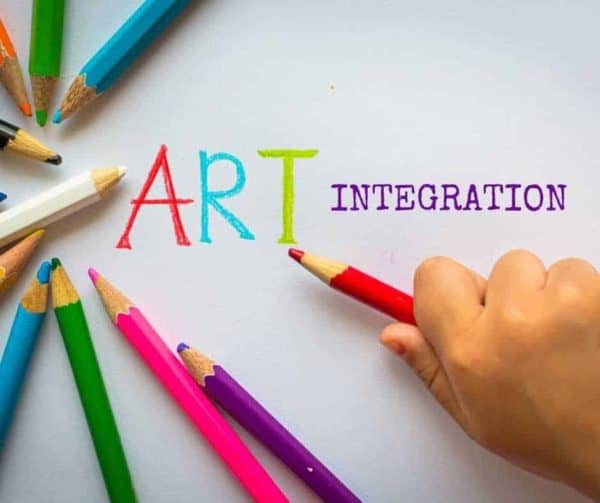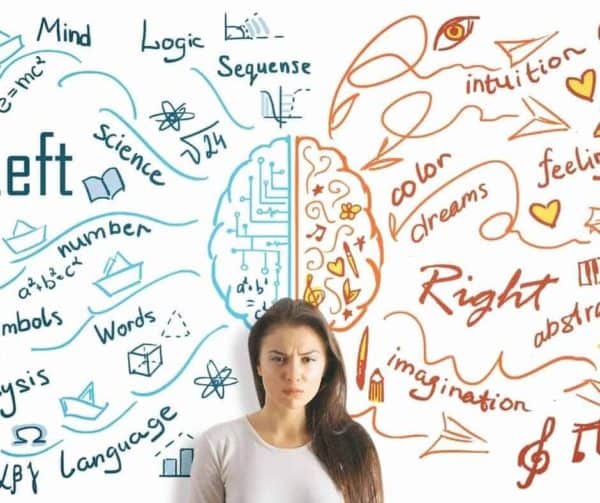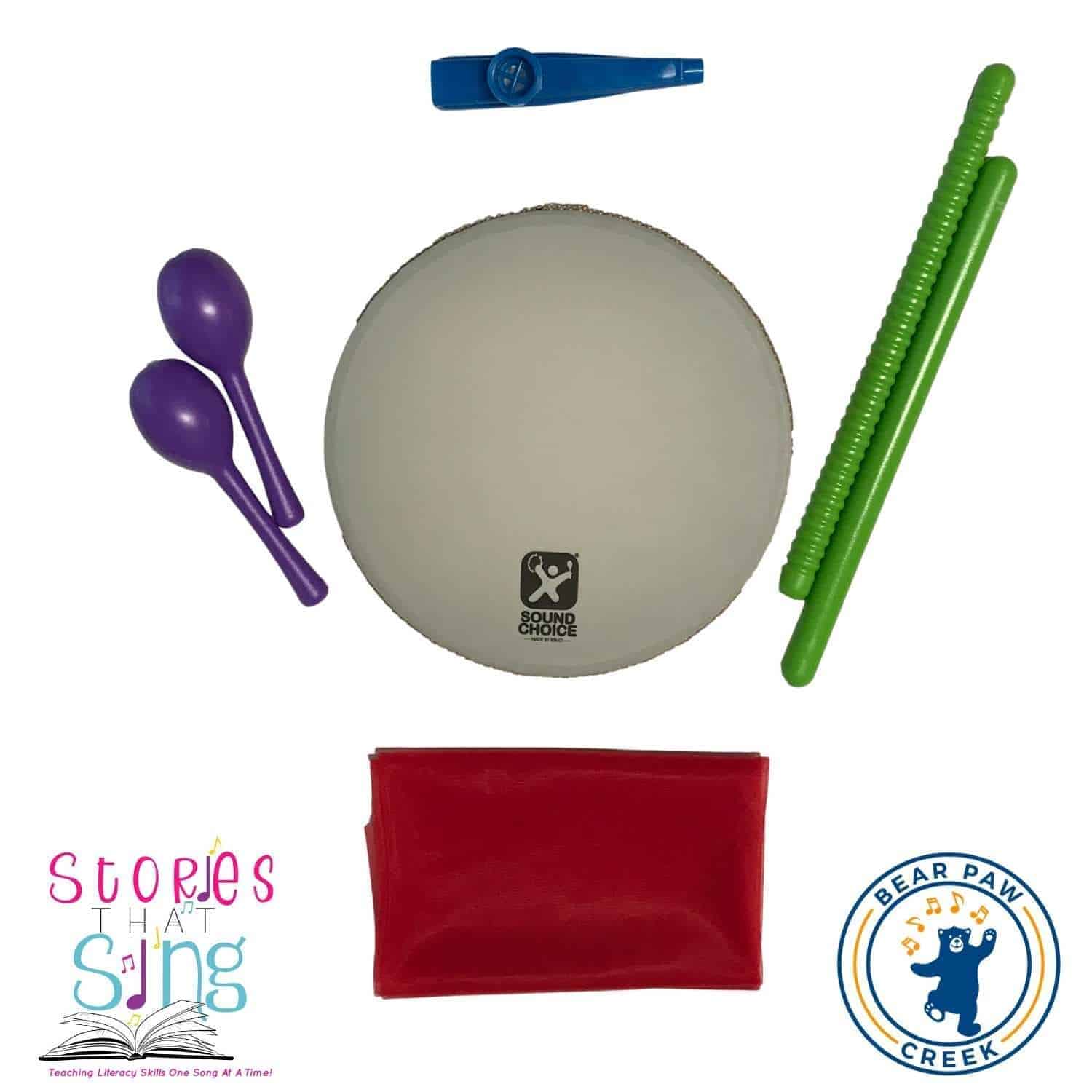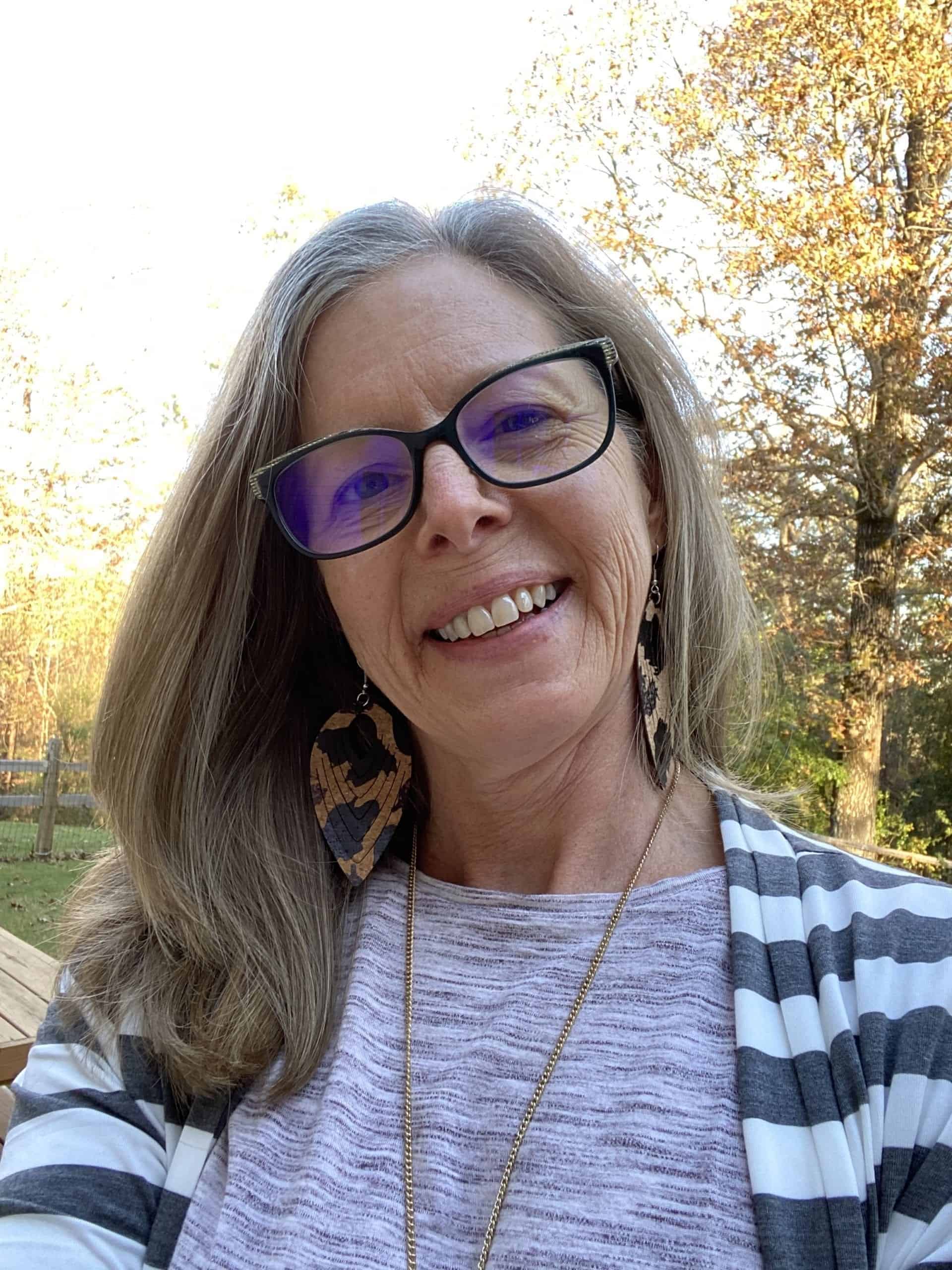Why Arts Integration?
Have you heard about Arts integration? It’s “all the rage” these days. So what’s all the fuss about? Before we get into the deets, let’s talk about what arts integration is.
The Kennedy Center’s CETA Program (Changing Education Through the Arts) has defined this technique for us.
Arts integration is an APPROACH to TEACHING in which students
construct and demonstrate UNDERSTANDING through an ART FORM.
Students engage in a CREATIVE PROCESS which CONNECTS an art
form and another subject are and meeting EVOLVING OBJECTIVES in both.

Three Categories Through Which We Can Connect Students to the Arts
Let’s break that down a bit. There are three categories through which we can connect students to the arts.
- Art as a curriculum - Learning the artform for the sake of the artform (music class, photography class, etc.)
- Arts-Enhanced curriculum - Using an artform to engage your students (a song that teaches about math facts, or a piece of art to engage students in a history lesson). In this style of learning, the teacher does not need to be knowledgeable in the artform.
- Arts-Integration curriculum - Activities are arts centered, and the artform becomes the vehicle for teaching the information. Students create depth of knowledge in both the artform and the curriculum they are studying. The teacher must have depth of knowledge in both the curriculum being studied and the artform.

Why is Arts Integration so beneficial? Read what guest author Jeanette Shorey of Stories that Sings has to say. Share on X
Now that we have a better understanding of what arts integration is, let’s talk about why we would want our children to learn this way. According to schoolspecialty.com, activities that truly integrate the arts are experiential in nature. Participating in this type of learning gives children an opportunity to reflect on what they have learned. Students interact with the material in an effort to create a new product. They learn to revise their work and collaborate with others in an effort to create an improved product. This type of interaction enables them to become problem solvers and creative thinkers. Collaboration builds community and conversation skills. Aren’t these the skills we want the future generation to have?
Data Behind This Type of Curriculum
Let’s talk about the data behind this type of curriculum. According to a study done in Los Angeles Title 1 schools, students scored 24% higher on the most challenging math problems after participating in Learn It By Art® Art Integration Math Kits. The Edvocate reports that students involved in arts education score 91 points higher on the SAT than students who are not enrolled in these types of classes. Learning through the arts leads to better memory and connection to the knowledge. Involvement in arts and music classes leads to better grades in math, english, science, social studies...Should we go on?
Why music integration in particular? Because music is the ONLY artform that involves using not only BOTH sides of the brain AT THE SAME TIME but also involves using MULTIPLE parts of the brain at the same time. Playing instruments gives you the ability to grow your brain at a faster rate and allows for better connectivity between the left and right sides of the brain.

Arts integration activities can be particularly beneficial for young children. Why? Young children learn best through play! They love to move, sort, bang, hum, and use their singsong voices. When a little one participates in learning through arts integration, their natural learning abilities kick in. They are quite literally learning through play. Plus, these types of activities are more engaging and motivating for all children.
Arts Integration Activities That Are Beneficial to Children
Let’s talk about some arts integration activities that are beneficial to children.
Movement with Vocabulary - One type of activity involves creating movement to express new vocabulary. When children are learning new vocabulary, it is important that they interact with it in order to remember not only the new word but also its definition. Creating movement to express new words gives them the ability to interact with the words, as well as to use the steady beat to enhance fluency skills.
Fluency - Early readers sometimes struggle with reading fluidly. One way to help children read fluidly is to use poetry and rhyming words. Poetry and stories with rhyming words have a natural rhythm. Once you have read the poem or story together, you and your little one can talk about the mood of the story. Is it happy, or sad, or scary. Next search for some instrumental music online that fits the mood. Finally, practice reading the poem or story with the music. Some good strategies are to do a choral read (read it together) or take turns reading (you read a sentence, then your little one reads a line). Another interesting activity is to pick music with a certain mood and rewrite the story to fit the mood of the music.
Expression - Is your little one reading in a monotone voice? Reading with expression can be another challenge for early readers. One way to help them read with better expression is to go through a short story and help your little one underline words that should be read with different vocal inflection (changes in the pitch of the voice) or with emphasis. Your child can pick an instrument that will express the word and play it while they read that word. You can also practice drawing the pitch of a word that needs changes in inflection (think a straight line going up for inflection that goes up to sound like a question).

If these ideas really resonate with you, but you have questions or need to see what they look like,you can connect with me over Facebook @storiesthatsingandmore and Instagram @storiesthatsing4u. You can visit my website at https://storiesthatsing.net or email me at morethanmusic83@gmail.com I can’t wait to chat with you more about arts integration and how you can use it effectively with your kiddos!
Instrument play is an important part of Stories That Sing! We use instruments to help us interact with new vocabulary, work on fluency and syllabication and accompany ourselves when we sing. We use instruments to play new rhythms and compose our own music. No instruments at home? No problem! We have put together the perfect music and movement kit with two options especially for you! We are excited to offer these two kit options to you and will be giving one kit away to celebrate the launching of this new product. Enter the giveaway here.
The Plus Movement Kit:
- Hand Drum
- Pair of Chiquitas
- Rhythm Sticks
- Kazoo
- Tambourine
- 1 Jingle Bell
- 2 Scarves
- 1 Bean Bag
- Drawstring Storage Bag
$40.00
The Basic Kit Includes:
- Hand Drum
- Pair of chiquitas
- Rhythm Sticks
- 1 Scarf
- Kazoo
- Drawstring Storage Bag
$26.00



